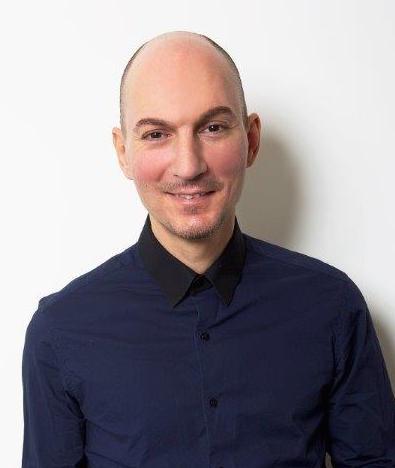Hay fever is caused by allergens, “invaders” from our environment that enter your body through your airways, by swallowing or through your skin. Once inside, they trigger the white blood cells that produce antibodies to the foreign substance. The antibody, called immunoglobulin E, or IgE, is stored on special cells called mast cells. When the antibody comes into contact with the corresponding antigen, it promotes the release of chemicals and hormones called “mediators”, such as histamine, which cause hay fever reactions.
With 1 in 4 people in the UK suffering from hay fever, the health concern becomes a serious problem, particularly in spring. An estimated 40 per cent of patients have or will develop asthma or another respiratory condition.
The pattern of hay fever is repetitive every year, making the need for a natural and effective treatment important. Many of the over-the-counter medications can only partly address the symptoms and cause additional associated symptoms.
From a Chinese medical perspective, the focus of treating the problem is assessing the condition of the energy derived from the digestive and respiratory system. The energy of the Spleen and the Stomach convert food into energy. They are responsible for the breakdown of nutrients as well as responding immunologically in an effective way to process, utilise, recognise and absorb the nutrients, giving the body efficient energy to function.


